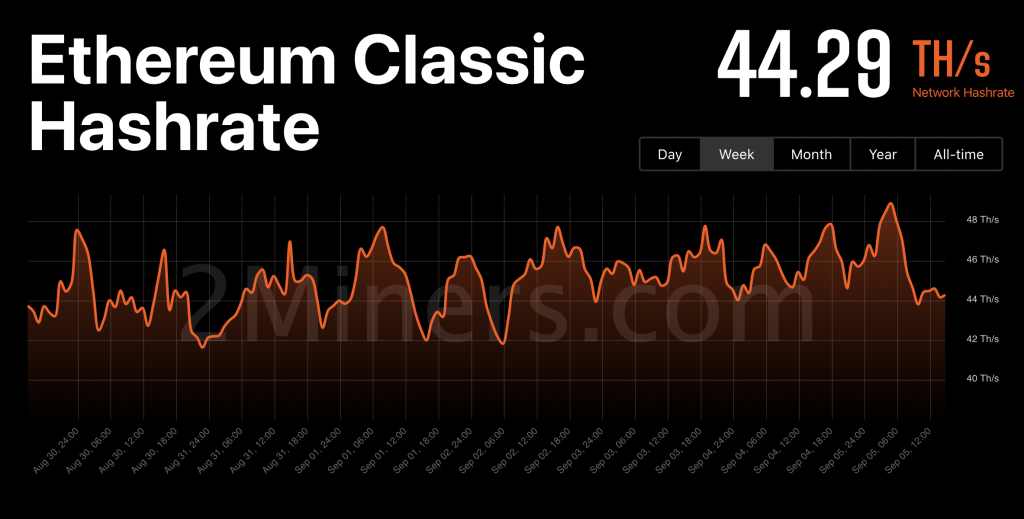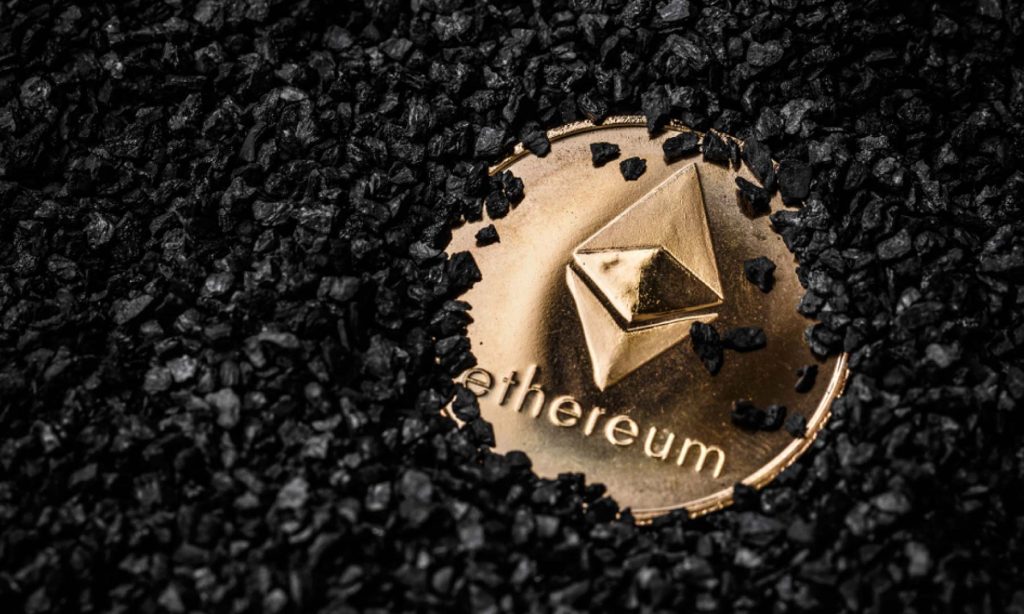BTC.com a leading mining pool and a blockchain explorer has added support for the Ethereum Classic network days before the Merge. As the Ethereum network transitions from Proof-of-Work to Proof-of-Stake, miners associated with BTC.com will be able to move their resources and activities to the Ethereum Classic chain. Termed ETC Pool, the new mining pool will allow “zero fees” mining for the next three months.
Why the support for ETC
As Ethereum miners are expected to become obsolete post-merge, BTC.com is trying to do its bit for the mining community. The development, therefore, shows that mining pools are not surrendering. Instead, they are finding ways to keep mining activities alive and rewarding.
BTC.com isn’t the only mining pool to take this route. Ethereum’s one-of-the-largest mining pool (Antpool) has even committed funds ($10 million) to support Ethereum Classic. Another top mining pool Ethermine has also shown solidarity with the ETC network instead of the new, speculative forks like ETHPoW.
How will this work?
Every mining-specific network has a certain hash rate powering the activities. For Ethereum, the hash rate is close to 891.96 TH/s. Ethereum Classic (ETC) has a current hash rate of 44.29TH/s.

Source: 2miners
Miners willing to use the ETC network for mining can connect the ETC hash rate to the ETC Pool, allowing them to use the “zero fees” flexibility till 1 December 2022.
FAQs
Can you still mine Ethereum after the merge?
If the Ethereum 2.0 upgrade has been fully implemented, traditional mining as it was done in the proof-of-work model would no longer be applicable. Validators in Ethereum 2.0 are chosen to create new blocks and validate transactions based on the amount of cryptocurrency they lock up as collateral (staking) and other factors, rather than through the computational work performed in mining.
What is the use case of ETH Classic?
It’s important to note that Ethereum Classic has a smaller ecosystem and less developer activity compared to Ethereum (ETH). Ethereum (ETH) is generally considered the more widely adopted and actively developed blockchain within the Ethereum ecosystem.
As with any cryptocurrency or blockchain project, potential users and developers should carefully evaluate the project’s strengths, weaknesses, community support, and use cases before deciding to engage with or invest in Ethereum Classic.
Where did all the Ethereum miners go?
Miners’ activities can be influenced by market conditions, technological developments, and the evolving landscape of blockchain and cryptocurrency. To get the most up-to-date information on the status of Ethereum 2.0 and the activities of Ethereum miners, it is recommended to check official Ethereum Foundation communications, community forums, and reliable cryptocurrency news sources.
What is the hash rate of the Ethereum merge?
The hash rate, which represents the computational power dedicated to mining on the Ethereum network, is expected to decrease significantly after the transition to Ethereum 2.0 since traditional mining will be replaced by staking.








